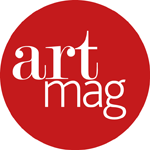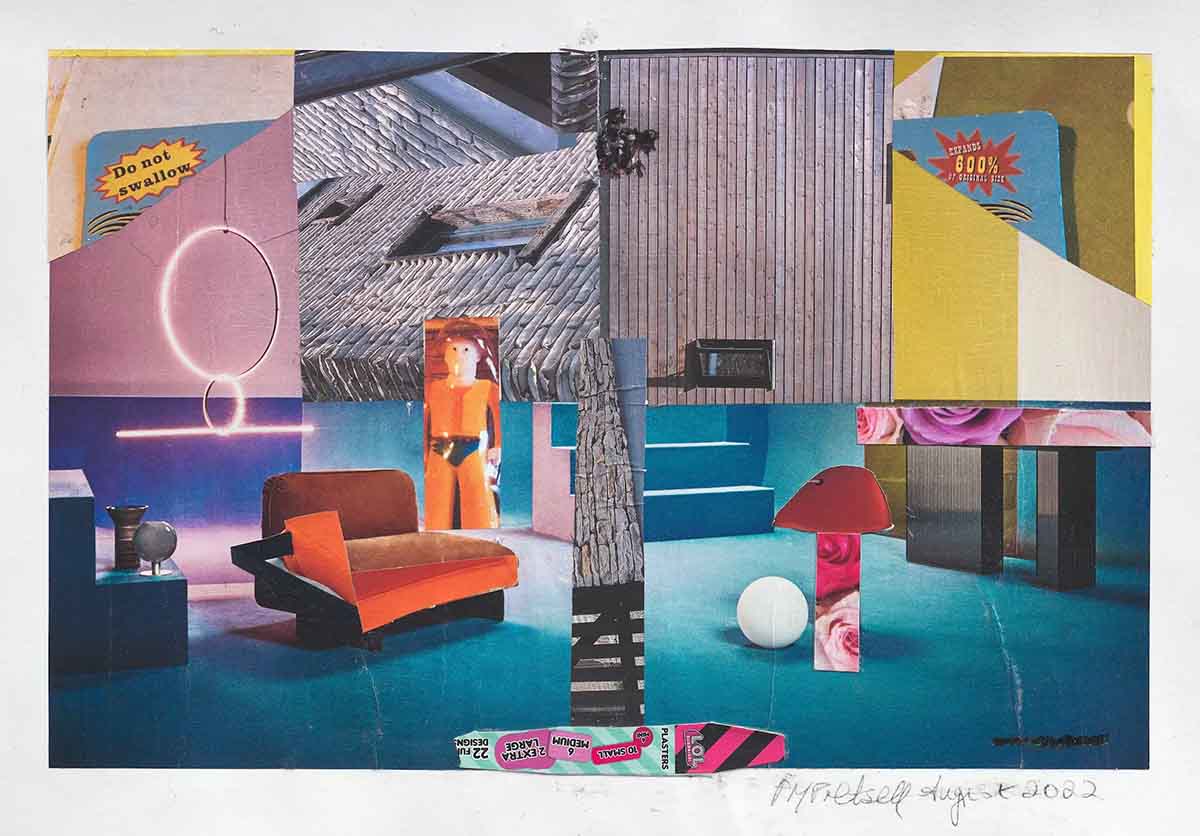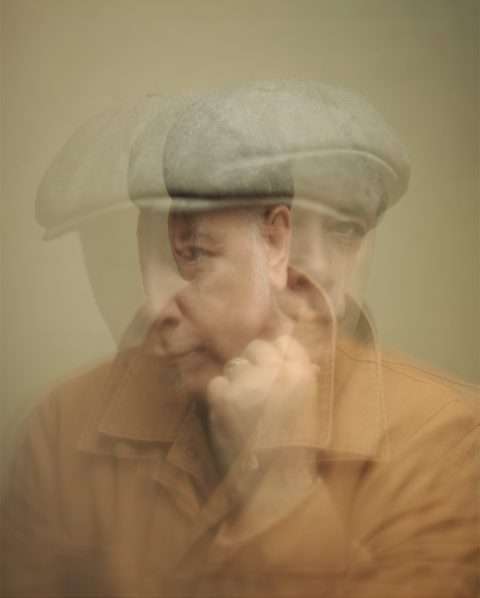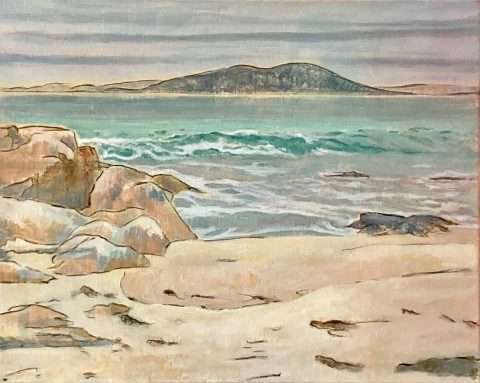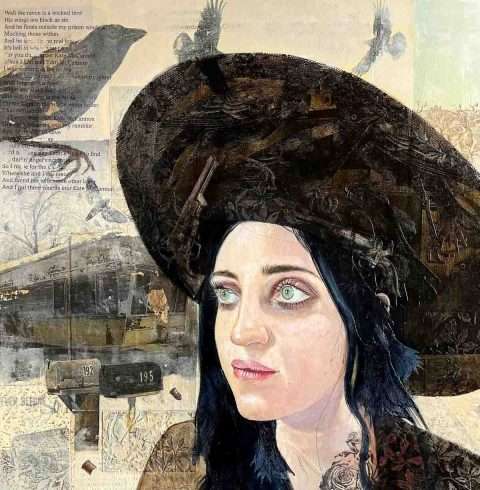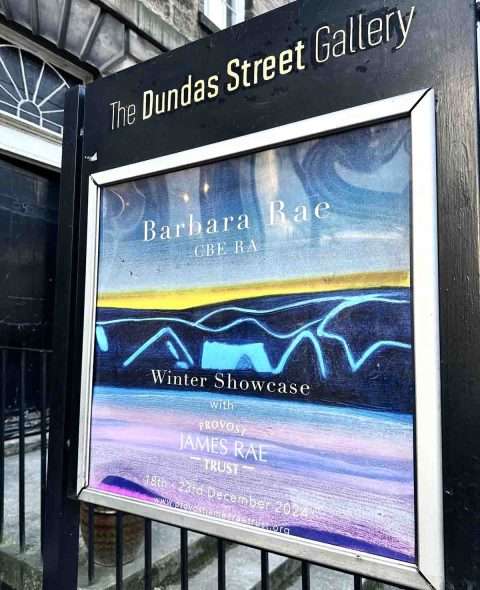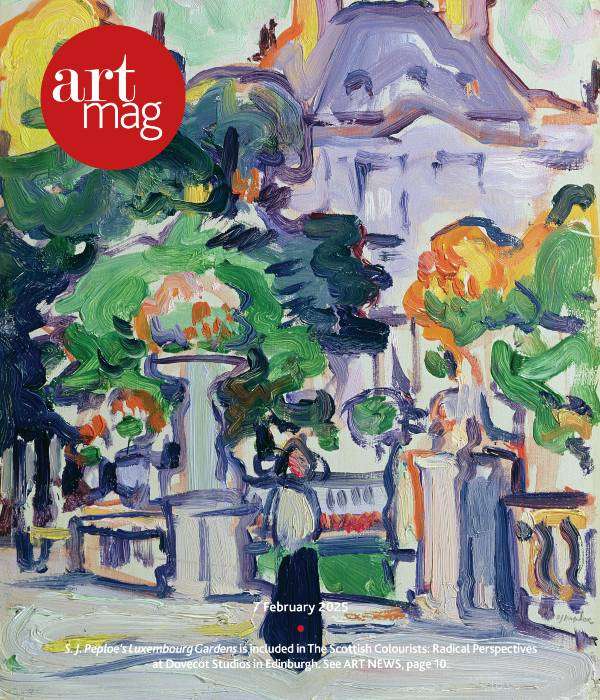Tatha Gallery, Newport-on-Tay is again hosting Milestones – an open-call exhibition showcasing the work of selected professional members of Visual Arts Scotland. This represents the east component of VAS’ ‘Compass’ programme, comprising exhibitions connecting north, south, east and west of Scotland, and marks milestone anniversaries for the Gallery (ten years) and a hundred years for VAS.

Tatha Gallery in majestic Newport-on-Tay has recently opened its doors to its most recent exhibit – Milestones. Tatha’s reason for celebration is twofold: the Gallery’s ten-year anniversary, as well as Visual Art of Scotland’s centenary. To mark these auspicious events, Tatha held an Open Call within the organisation among its professional artists that resulted in an abundant display comprising in a plethora of techniques, colours and forms.
According to Lindsay Bennett, who manages the Gallery, the aim of the exhibition was ‘branching out’ – seeking talented artists from every corner of Scotland. The endeavour was successful, as VAS’ Compass programme aims to unite all areas of Scotland under one roof. One could not find a more suitable venue than Tatha Gallery, as its name derives from the Gaelic, meaning ‘Tay’, thus becoming a symbol for both the immediate geographic area, as well as Scotland overall.

The exhibition begins with Gemma Petrie’s artworks, which are prominently featured on the wall on the left from the entrance. Her surrealist compositions read as recollections of dreams or events, nodding in particular to Joan Miro’s emphasis on linearity. Petrie has also recently won the prestigious RSA (Royal Scottish Academy) Award.

Overall, the exhibition appears as a collection of objects discovered in a hidden treasure trove on the ocean floor: a lighthouse miniature, ceramic masks, eccentric collages and even shell-clad jewellery. The mermaid in me revels in these finds.

In the space on the right, I am surrounded by a rhapsody of blue and white. Here, one can encounter all manner of nautical objects: boats, swimmers, lighthouses. We begin with one of Anupa Gardner’s (an artist whose works are prominently featured in the exhibition) prints – Moonlit Find. The etching depicts a coracle (a lightweight boat, often found in Scotland, Wales and Ireland) that appears to be drowned in the indigo depths of the sea (however, upon closer inspection, it appears land-borne).
A light vessel hovers in its midst as a lost treasure accentuated by a soft tender halo that surrounds it; the contrast of textures between the pore-like screen of the sky and rhapsody of brushstrokes creates a wonderful backdrop for a delicate object.
Flanking the Moonlit Find is a terrestrial object that also pertains to maritime theme – Alan Bond’s formidable depiction of a tilted lighthouse, slightly reminiscent of the Tower of Pisa. Encircled by scaffolding, reminiscent of a mist or a halo, it is Bond’s meditation on ‘opposing kinds of strengths.’


‘I wanted to capture the contrast between the filigree strength of a spiderweb and a solidity of a lighthouse’, shares the artist. ‘I always found scaffolding quite chaotic’, a sentiment that we both share. However, upon closer examination, rendered in polystyrene and assembled as a modular framework, it is a carefully-constructed system that is a metaphor for order. Both the sculpture and drawing are a homage to Scottish history of Stevenson lighthouses. The titles of both works are a reference to the Northern Lighthouse Board, an authority that oversees the lighthouses in Scotland and Isle of Man that are literal beacons of light for seafaring vessels in these coastal areas. Thus, the work becomes a homage to Scottish coastal cultural heritage, aptly positioned overlooking the river Tay, as if acting as a beacon of light for it as well.
Across from the boat are familiar tactile stone sculptures by Michele Bianco that repeat the linear motif that accentuate the crosshatched structure of Gardner’s coracle. In the same glass cupboard that houses the sculptures, they are interrupted by a a display of jewellery by Rosemary Graham. One of them, Box for Convoluted Explanations is rendered from a conus shell, thus completing the seafaring theme.

The sun sets on this fabulous space — and the scaffolding around the lighthouse captures the delicate rays of northern sun on its trellis, and on the rock acting as its plinth, supporting the sculpture whose surface is reminiscent of rippling waters, reflecting the river Tay, glistening in the sun’s rays through the window.


The Gallery’s small room features works by Chris Brook, that have a wonderful tactile sensibility to them, almost as moss-covered kilims, while Matthew Storstein’s Figure Landscape is a fresh take on chiaroscuro, with William Braithwaite’s Lux Concretion geometric sculpture comprising white cement and crushed marble.

With thanks to Anna Shevetovska for this review, and for all images apart from Anupa Gardner’s ‘Moonlit Find’ and Gemma Petrie’s ‘Familiar Features’.
